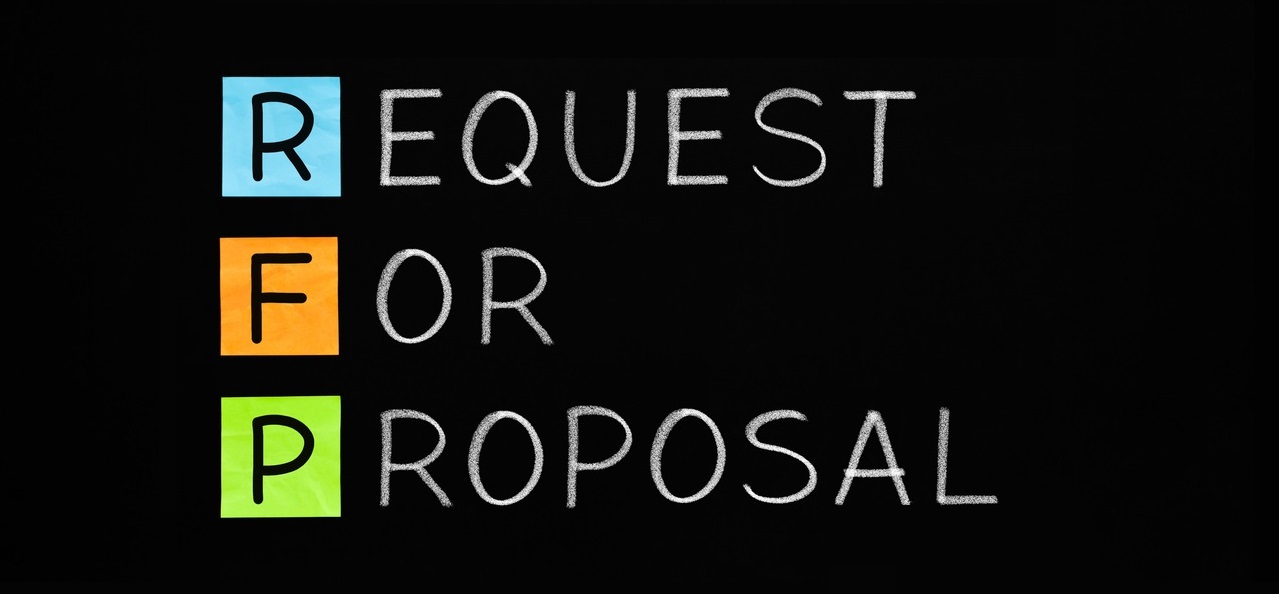Contingent statement-of-work management is still an immature domain compared to that of contingent staff augmentation. One area gaining maturity within a SOW program is to have strong required mandates for the business, which requires a level of competitive bidding. On paper, this sounds fairly simple and easy to execute. Make no mistake, though — competitive bidding is incredibly challenging to execute for several reasons, but the value is significant.
What Does Competitive Bidding Offer?
The value of competitive bidding can be realized in many ways and can provide strong advantages to everyone involved.
Engagement manager. Often, engagement managers are not experts in writing SOW scope definitions — the written documented details of what is needed and expected through the SOW transaction. The writing of the scope definitions takes place at the very beginning of the SOW process, and doing it incorrectly can lead to many challenges throughout the lifecycle of a specific SOW.
Competitive bidding can provide insight into how well-defined the scope is based on whether the responses are aligned with each other enough to give the buyer organization a level of confidence that the scope is clear and attainable.
SOW solution provider. When SOW is not competitively bid, the single SOW solution provider benefits by not having to compete financially against other providers. However, they are also put at a disadvantage in the form of blind spots and risks their ability to complete the project if the SOW scope definition is weak or misaligned to what actually needs to be delivered.
Having an element of competitive bidding will require the SOW solution provider to review the SOW in more detail and provide an opportunity to ask questions about areas of the SOW which may not be clear.
Program management office. Whether you have an internally managed program office or use an external, third-party managed service provider, the SOW program management office has historically had a difficult time creating a competitive environment. Their struggles are real but it’s not for a lack of desire and ambition. The major challenge they face is they can very frequently be late to the point of influencing the decision to competitive bid. In other words, the manager and/or business units skip the bidding process in order to save time and get the project underway.
Enterprise buyer organization. Buyers love the idea of competitive bidding for just about anything and everything SOW. Most of the oversight within SOW is conducted by the procurement department. These trained individuals believe competition provides real value to the process, the business and ultimately the company’s bottom line.
However, there has been a lack of success for buyers to mandate competitive bidding within their contingent SOW program. There are several reasons for this:
- Inability to deliver tangible and meaningful results of competitive bidding.
- Slowing the process down to the extent the business managers and the respective business units grow frustrated.
- Creating too much competition. There is a way to find balance between competitive bid and the right amount of competitive bid. Having too many SOW solutions providers competing can impact the ability to deliver tangible results and can slow the process down significantly.
Competitive bidding can provide real value to all parties involved, but one must be aware of the potential pitfalls before walking down the path and overall benefits when it is executed well.










